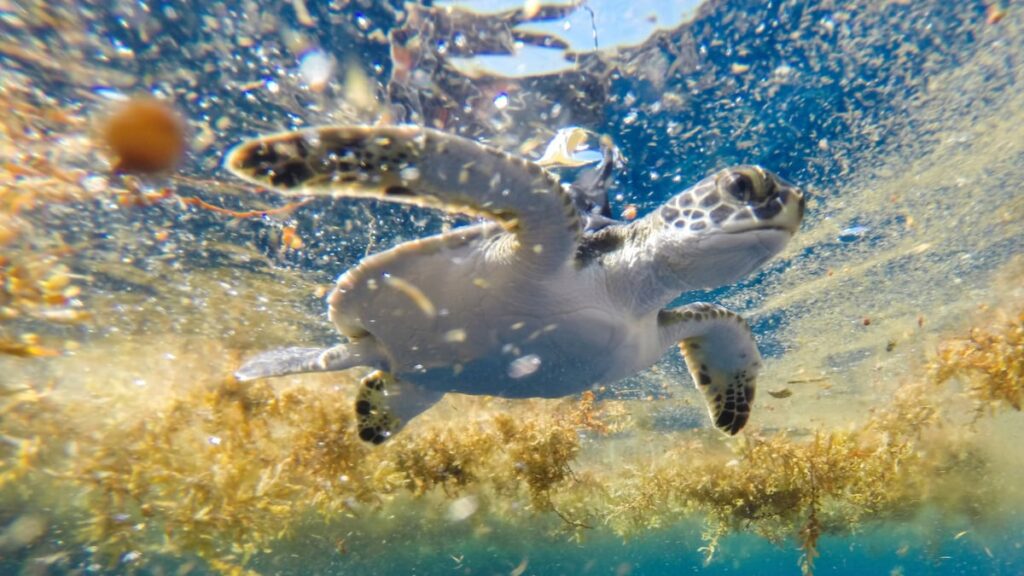This month, sea turtles begin laying eggs on the sandy beaches of Florida. But these ancient mariners, which have adorned our oceans for over 100 million years, now face unprecedented challenges. All six species of sea turtle found in US waters are fighting for survival.
But there’s more to do besides putting animals under federal protection. Washington’s elected leaders need to increase their support for programs that help them actively rescue, care for, protect and repair these majestic creatures.
The work carried out by the Florida Aquarium in Tampa is a prime example. The facility’s state-of-the-art, 19,000-square-foot rehabilitation facility is a hopeful beacon for sick and injured sea turtles, featuring sophisticated pools and veterinary suites to maximize rescue operations. Earlier this year, the aquarium acquired a new mobile aquatic sea turtle holding unit to increase capacity.
And the facility’s growth is at Nick of Time. The recent wave of cold sea turtles flooding Florida’s rehabilitation centers highlights why these conservation programs are so important.
Sea turtles are cold-blooded reptiles and are severely damaged when the water temperature drops below 50°F. It can make them lethargic, unable to swim, vulnerable to hypothermia, leading to shock, pneumonia and potentially fatal health complications.
As the crisis unfolds, the aquarium’s turtle rehabilitation centre and its dedicated staff have recently reached maximum capacity. Over a dozen animals were added in the final week of February, increasing the facility’s total to more than 40.
Florida aquariums release each sea turtle into the wild for about 12 months, focusing on turtles with the most severely ill diseases. But these heroic efforts come with a big price tag.
In addition to the overhead costs of maintaining the facility and maintaining top-class marine biologists and other professionals on staff, medical testing is expensive. As recently shared by Aquarium Vice President of Conservation, Debborah Luke, the cost of one blood test is around $90, with multiple blood tests being performed on each turtle at the facility.
The legislation introduced in Congress will help other organizations to run aquariums responsibly and pay for this important conservation work. The Sea Turtle Rescue Assistance and Rehabilitation Act (HR 347) proposed in January will establish a federal grant program to support agencies that rescue and rehabilitate sea turtles.
Spend your days with Hayes
Subscribe to our free Stephenly newsletter
Columnist Stephanie Hayes shares thoughts, feelings and funny business with you every Monday.
You’re all signed up!
Want more free weekly newsletters in your inbox? Let’s get started.
Check out all options
Saving one sea turtle is a victory for biodiversity. These mild creatures play a key role in maintaining our ocean health, from supporting coral reefs to balancing our marine food networks. Their investment in rehabilitation is an investment in the future of our planet.
Sea Turtle Rescue Support and Rehabilitation Act is the lifeline of these endangered species, and helps arm dedicated professionals with the tools they need to save the lives of animals. Together, we can assure that sea turtles continue to swim in our oceans for future generations.
Dr. Robin Ganzart is the president and CEO of the American Humane Society, and certifies animals and aquariums for humane treatment.

